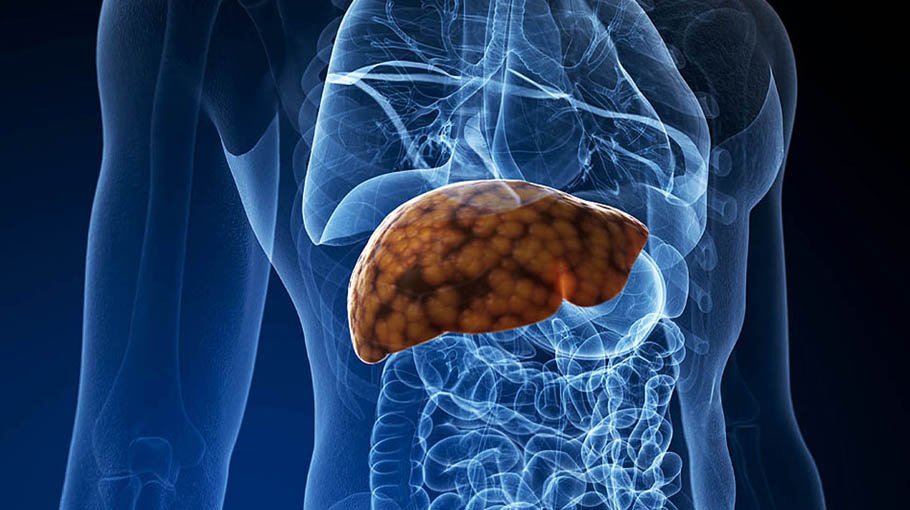How to diagnose cirrhosis (part 6)

People with early-stage cirrhosis of the liver usually don't have symptoms. Often, cirrhosis is first detected through a routine blood test or checkup. To help confirm a diagnosis, a combination of laboratory and imaging tests is usually done.
Laboratory tests: Your doctor may order blood tests to check for signs of liver malfunction, such as excess bilirubin, as well as for certain enzymes that may indicate liver damage. To assess kidney function, your blood is checked for creatinine. You'll be screened for the hepatitis viruses. Your international normalized ratio (INR) is also checked for your blood's ability to clot.
Imaging tests: Magnetic resonance elastography (MRE) may be recommended. This noninvasive advanced imaging test detects hardening or stiffening of the liver. Other imaging tests, such as MRI, CT and ultrasound, may also be done.
Biopsy: A tissue sample (biopsy) is not necessarily needed for diagnosis. However, your doctor may use it to identify the severity, extent and cause of liver damage.
If you have cirrhosis, your doctor is likely to recommend regular diagnostic tests to monitor for signs of disease progression or complications, especially esophageal varices and liver cancer. Noninvasive tests are becoming more widely available for monitoring.
Courtesy: Mayo Clinic



